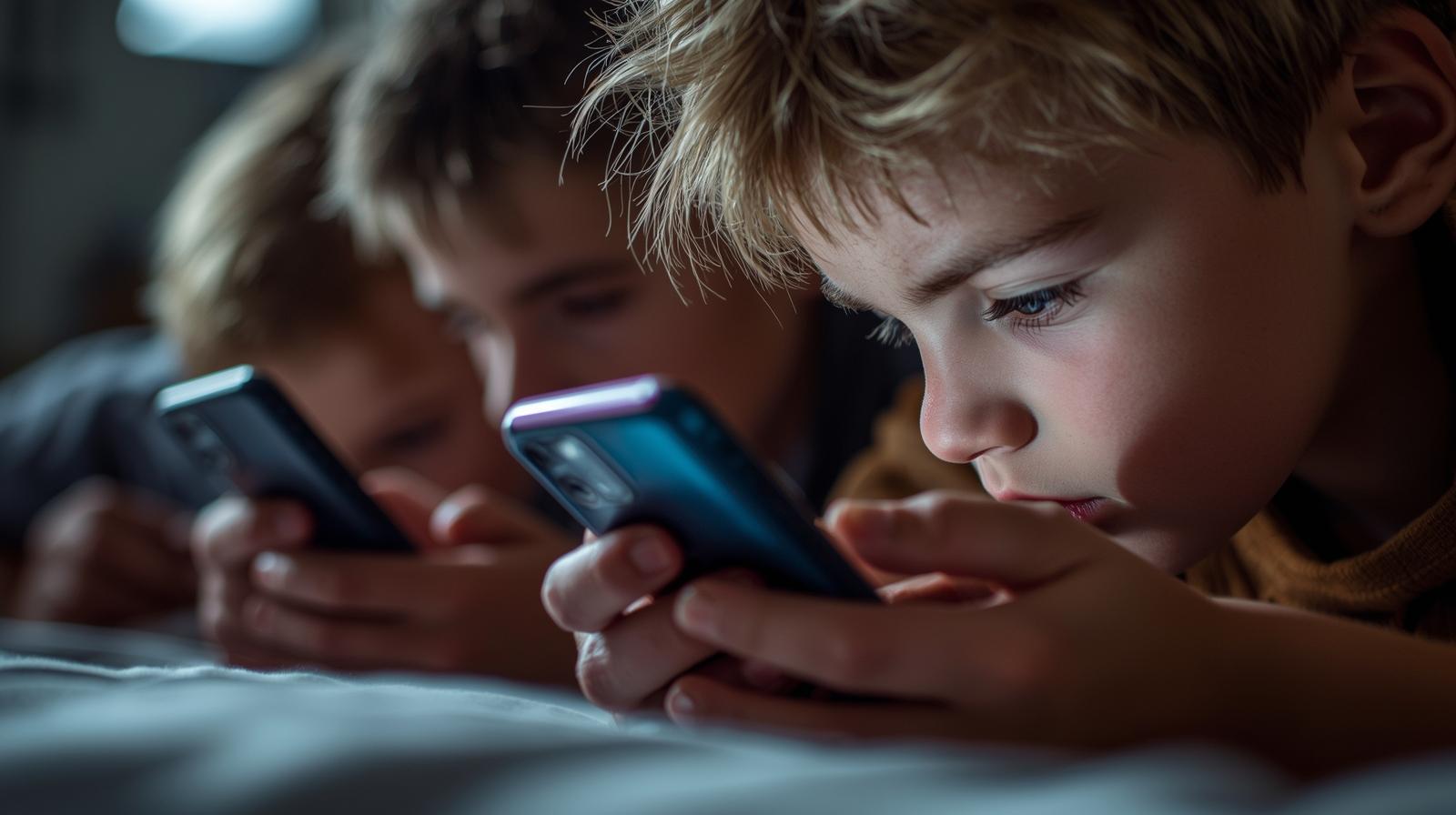✍️ By Ch Haroon Rashid
📅 Published: September 1, 2025
📖 A Wake-Up Call for Modern Families
Imagine this: a 7-year-old swipes through YouTube recommendations with ninja-like skill but forgets where she placed her water bottle just minutes ago. A teenager can name every TikTok trend but struggles to focus on homework for even 10 minutes. Parents often laugh these moments off as “kids these days,” but doctors now warn this pattern signals a silent but serious problem: digital dementia.
This isn’t a science fiction scenario; it’s happening in every home, every city, every country — regardless of culture, wealth, or religion. What was once a rare concern whispered among health experts has become every parent’s conversation.
🧠 What Is Digital Dementia?
The term digital dementia was first introduced by German neuroscientist Dr. Manfred Spitzer in the early 2010s to describe a disturbing trend:
Cognitive decline caused by over-reliance on technology and reduced engagement in real-world mental activity.
In simpler words, our brains — especially young, developing ones — are “forgetting how to remember.” Just like muscles weaken when unused, memory skills, focus, and emotional regulation decline when screens do all the work for us.
Children today are growing up outsourcing memory to Google, GPS, and YouTube tutorials rather than strengthening their natural ability to learn, recall, and think deeply.
⏳ A Timeline of the Crisis
Year/Period
Key Milestone
Impact on Children & Families
2000–2007
Smartphones become mainstream.
Kids introduced to tech as entertainment with no guidelines.
2008–2013
Tablets & touchscreen apps dominate homes.
Parents encouraged tech as “educational,” speech delays start emerging.
2014–2017
Social media explosion (Instagram, TikTok, YouTube).
First studies warn of dopamine-driven addiction in kids.
2018–2020
Medical community rings alarm.
Pediatricians report posture issues, vision decline, and social withdrawal.
2020–2022
Pandemic screen surge.
Kids average 7–9 hours/day on devices; anxiety and depression rates skyrocket.
2023–Present
Global term “Digital Dementia” gains traction.
WHO, educators, and health boards push for urgent action.
🔍 What Science Says About Young Brains
Brain scans, pediatric reports, and long-term studies confirm this is not paranoia.
- American Academy of Pediatrics: Recommends no screens for children under 18 months, and max 1 hour/day for kids ages 2–5.
- Lancet Child & Adolescent Health (2021): Teens using social media over 3 hours/day have double the risk of depression.
- South Korean MRI Studies: Heavy tech users show gray matter shrinkage in areas linked to memory, focus, and self-control.
- WHO Global Warning: Rising childhood myopia is tied to excessive near work and lack of outdoor play.
Dr. Spitzer calls this “a generational cognitive health emergency.” And it’s not limited to children; adults relying on phones for every detail are showing similar early-onset memory problems.
👨👩👧 Real Families, Real Struggles
One Karachi-based mother recalls how her 5-year-old stopped making eye contact and spoke fewer words after months of nonstop cartoon streaming during lockdown. Another father in London says his teenage son “knows more about Fortnite than his own relatives.”
These aren’t isolated anecdotes — they echo global trends. As I wrote in my article “Nations Don’t Collapse Overnight — They Erode Silently from Within,” cultural and societal decay is rarely dramatic; it creeps in quietly. Digital dementia is another symptom of this erosion, where screens are replacing the conversations, traditions, and mental challenges that once built resilient minds.
⚠️ Symptoms Parents Should Watch For
- Forgetfulness and trouble recalling recent events.
- Irritability, anxiety, or restlessness when devices are removed.
- Poor posture, chronic neck/back pain, and headaches.
- Reduced interest in outdoor or social play.
- Difficulty focusing on schoolwork or reading.
- Sleep disruptions caused by blue-light exposure.
🔑 Why This Is Happening
- Dopamine-Driven Design: Apps are engineered for addiction, keeping kids scrolling.
- Digital Babysitting: Overwhelmed parents often rely on screens for peace at home.
- Education Going Digital: Schools pushing tablets over textbooks, reducing handwriting and memory exercises.
- Pandemic Effect: COVID-19 normalized hours of unsupervised screen time.
The outcome? Children’s brains are becoming passive consumers, not active creators.
🛡️ How Parents Can Protect Their Children
This isn’t about guilt — it’s about awareness and action. Here’s a practical plan:
- Start Small with Screen Rules
- No screens at meals or in bedrooms.
- Introduce “tech-free hours” each day.
- Lead by Example
Kids mirror parents. If you’re glued to your phone, they will be too.
- Encourage Outdoor Play & Sports
Time outside naturally resets dopamine levels and strengthens vision and coordination.
- Bring Back Old-School Learning
Board games, puzzles, and memory challenges are powerful tools.
- Create Family Rituals
Cooking together, prayer, or storytelling time helps replace scrolling with connection.
- Monitor and Educate
Teach children digital literacy: why social media is addictive, how ads work, and why they need balance.
🎥 Bonus: Wellness Beyond Screens
Your child’s health isn’t just about limiting tech — it’s about whole-body wellness. Check out our quick health reels for parents, including dental care tips, to keep kids thriving in every aspect of growth.
🚨 The Stakes Are High
If we ignore these warning signs, we risk raising a generation unable to focus, memorize, or communicate effectively. Dr. Spitzer warns, “Technology is not evil — but if used wrongly, it rewires our brains faster than any environmental change in history.”
Digital dementia is not a distant threat; it’s already in our homes. Yet, the solution isn’t extreme — it’s balance. Conscious parenting, device boundaries, and intentional engagement can reverse the damage.
The question is: Will we lead the tech, or will it lead us?










